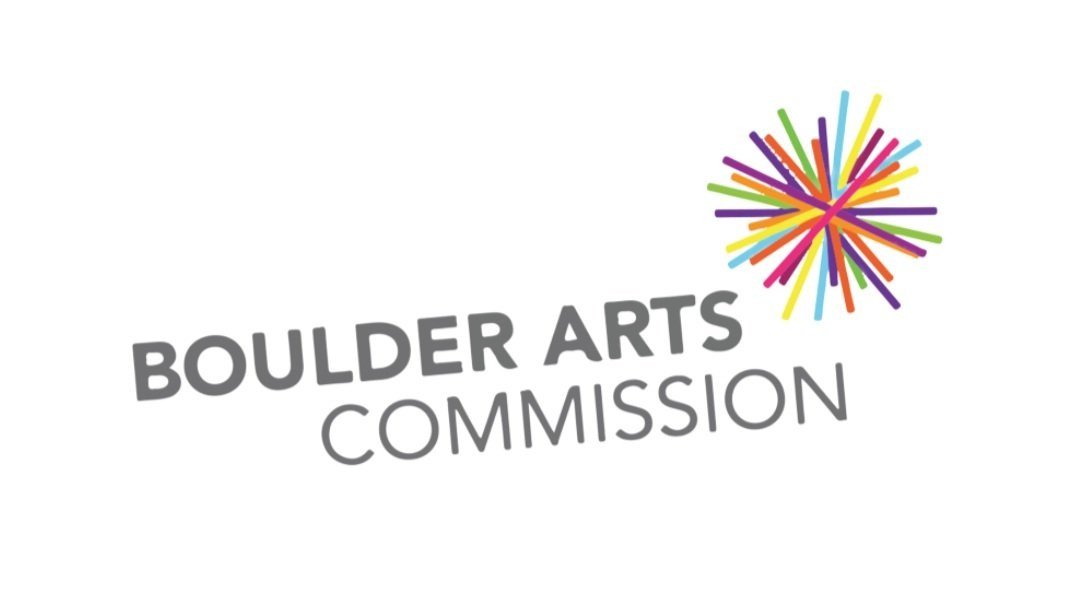Dear Local Theater Lover,
As our 12th season comes to a close, we have a lot to celebrate! We welcomed more audience members than any other season in our history, we expanded our in-school literacy program and hundreds of audience members engaged in our Come Together series. These achievements have us contemplating what worked well and where we have room to grow next season.
You may also recall that last year we expanded our artistic leadership to include three co-artistic leaders. The year has been full of discoveries. Please enjoy part one of a four-part series on what we've discovered so far:
#1 Shared artistic leadership works if the team knows, trusts and respects each other before jumping into this model.
An independent non-profit organization recently interviewed us to ask about shared artistic leadership to see if the model might work for their organization. The conversation helped us articulate what we all have been thinking for months: would we elect for this model without working together first? Unanimously, we agreed: No. We would not.
It’s not because of chemistry or whether we “like'' each other. (Fortunately, we do.) We agreed that having prior work experience at Local Theater Company helped us because we were able to observe each other's love for and belief in the mission of the company. We are each invested in Local Theater Company being a place where all artists can thrive. We trust and respect each other’s intentions, even when we disagree.
#2 Shared artistic leadership takes more time. Sharing artistic leadership requires more meetings and requires us to not just communicate well but to over-communicate with each other and staff. When we skip this step, we struggle.
#3 Autonomy is important—we work in collaboration but not necessarily in consensus. We unanimously agree on season selection and the Lab plays but each of us also has our own programs to design and oversee. We check-in with each other a lot, but independence is important.
We also have creative lives outside of Local Theater Company. This enables us to grow independently and share the best (and worst) of what we observe and participate in from other organizations. We are better thought contributors when we stay connected to our field.
#4 The quality of our work is better together. Collectively, we make braver and more informed artistic decisions. We challenge each other and learn from each other. Fewer (but not all) biases go unnoticed or unaddressed. We do get frustrated. We laugh a lot. And we cry. (Sometimes all in one meeting.) We make hard decisions and at least once a month one of us says, “See! That’s why three creative minds are better than one.”





















